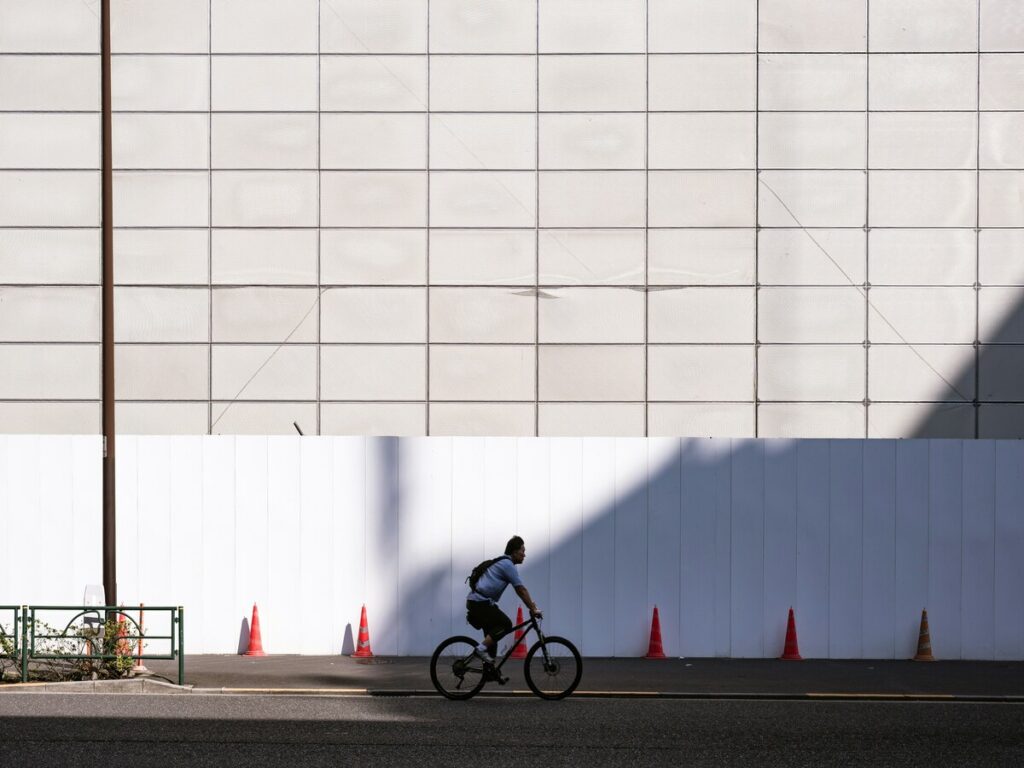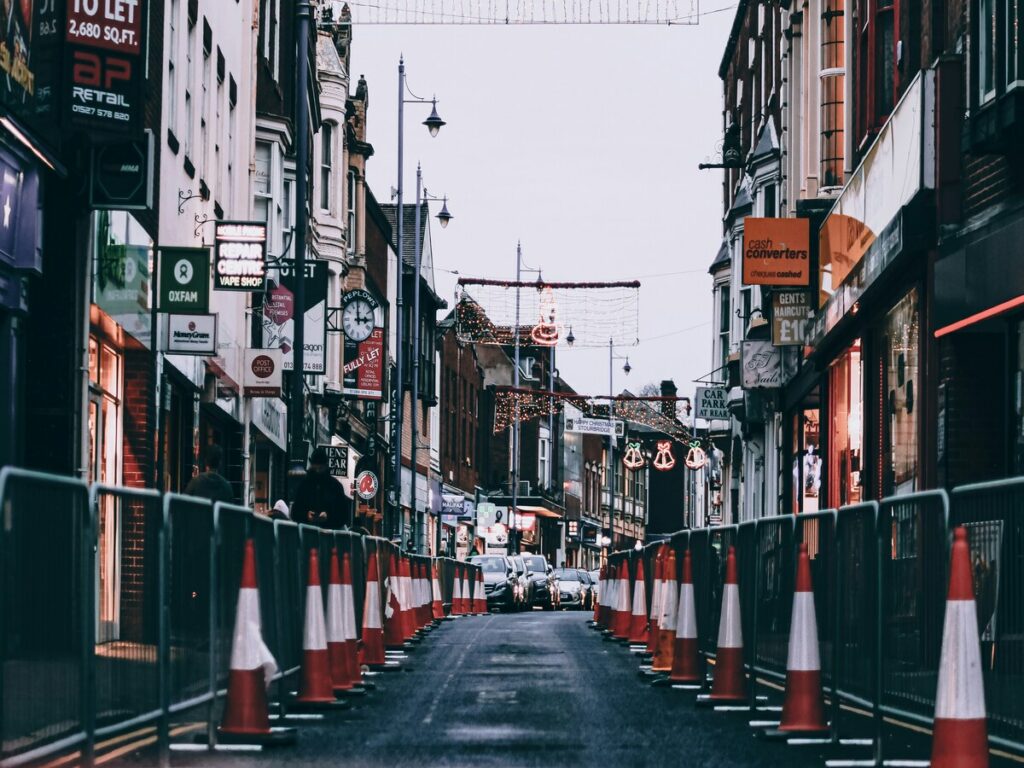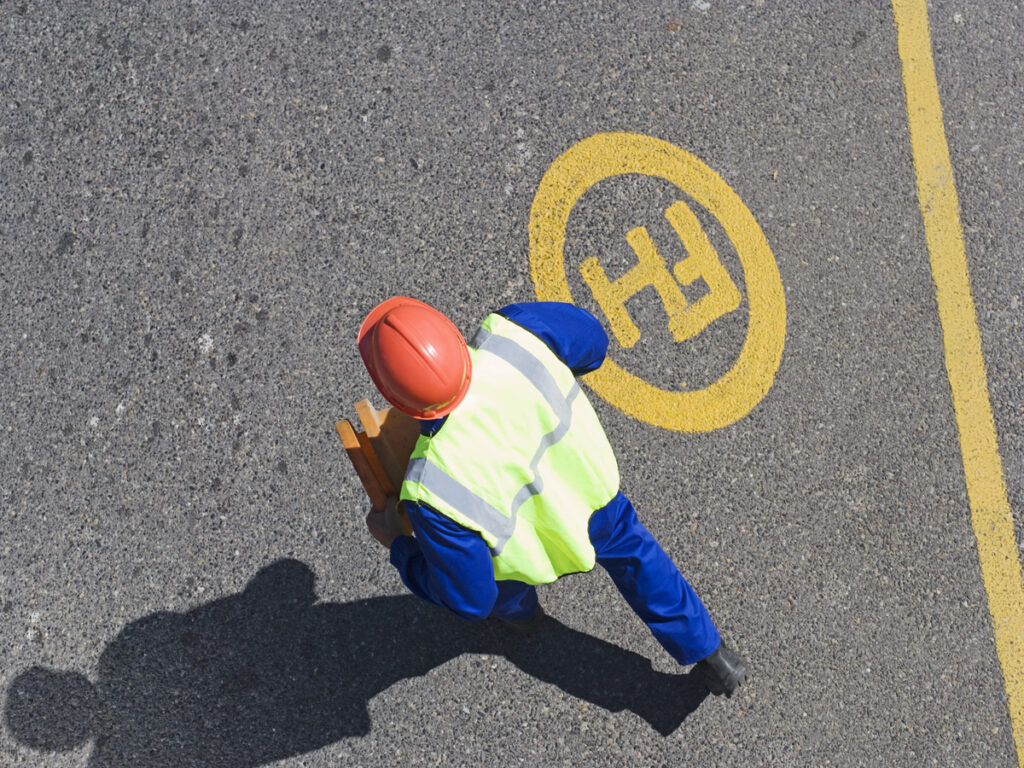So wählen Sie den besten Lieferanten für Ihre Verkehrskegelanforderungen aus

Die Auswahl des besten Lieferanten für Ihre Verkehrskegel kann den Erfolg Ihres Projekts erheblich beeinflussen. Sie müssen mehrere Faktoren berücksichtigen, um sicherzustellen, dass Sie die richtige Wahl treffen. Die Preise des Lieferanten sollten sich an den durchschnittlichen Marktpreisen orientieren, Wir helfen Ihnen dabei, Ihre Kosten effektiv zu verwalten. Qualität ist entscheidend, denn hochwertige Kegel gewährleisten Langlebigkeit und die Einhaltung von Industriestandards. Ein zuverlässiger Lieferant kann auch Anpassungsoptionen anbieten, um spezifische Anforderungen zu erfüllen. Durch Überwachung der Bewertungskosten, Sie können ein Gleichgewicht zwischen Kosten und Qualität finden, So stellen Sie sicher, dass Sie Zapfen kaufen, die Ihren Anforderungen entsprechen, ohne zu viel auszugeben.
Erforschung regionaler Unterschiede in Arbeitszapfen Designs

Möglicherweise ist es Ihnen nicht bewusst, Verkehrsleitkegel spielen jedoch eine entscheidende Rolle für die Verkehrssicherheit. Ihre Designs unterscheiden sich erheblich von Region zu Region, Auswirkungen darauf, wie effektiv sie den Fahrern Gefahren mitteilen. Zum Beispiel, Die Farben und Materialien der Verkehrsleitkegel können je nach örtlichen Bedürfnissen und Vorschriften unterschiedlich sein. Das Verständnis dieser regionalen Unterschiede ist für die Verbesserung der Sicherheitsmaßnahmen von entscheidender Bedeutung. Da die Nachfrage nach Sicherheitskegeln weltweit wächst, Innovationen steigern weiterhin ihre Wirksamkeit bei der Unfallverhütung. Indem wir diese Unterschiede erkennen, Sie tragen zu einer sichereren Fahrumgebung bei.
Ein Verkehrskegel: Geheimnisse zum langfristigen Gebrauch

Durch die Aufstellung eines Leitkegels wird eine sofortige Nutzung gewährleistet und die Verkehrssicherheit erhöht. Sie sollten einen Verkehrskegel strategisch platzieren, um die Sichtbarkeit und Stabilität zu maximieren. Betrachten Sie den Verkehrsfluss und die Oberflächenbedingungen, wenn Sie sie positionieren. Die regelmäßige Wartung ist für langfristige Haltbarkeit von entscheidender Bedeutung. Reinigen Sie Ihre Verkehrskegel häufig, um ihre Farbe und reflektierende Eigenschaften aufrechtzuerhalten. Überprüfen Sie sie auf Schäden, um sicherzustellen, dass sie effektiv bleiben. Hochwertige Straßensicherheitskegel, Besonders einteilige Designs, kann mehrere Jahre mit richtiger Pflege dauern. Indem Sie diese Praktiken befolgen, Sie können die Lebensdauer Ihrer Zapfen verlängern und ihre Funktionalität aufrechterhalten.
Sicherheitsstandards für Verkehrskegel: Eine umfassende Anleitung zu Mutcd und AS/NZS 1906.1:2017

Leitkegel sind wichtige Hilfsmittel zur Aufrechterhaltung der Verkehrssicherheit, Fahrzeuge führen, und Schutz der Arbeiter in Bauzonen oder Bereichen mit veränderten Verkehrsmustern. Jedoch, Nicht alle Verkehrskegel sind gleich geschaffen. Damit sie effektiv und sicher sind, Sie müssen bestimmte Sicherheitsstandards festhalten. In diesem Blog, Wir werden die Sicherheitsstandards für Verkehrskegel erkunden, Der Schwerpunkt liegt auf dem Handbuch zu einheitlichen Verkehrskontrollgeräten (MUTCD) in den Vereinigten Staaten und AS/NZS 1906.1:2017 in Australien und Neuseeland. Diese Standards stellen sicher, dass Verkehrskegel der erforderlichen Sichtbarkeit entsprechen, Haltbarkeit, und Sicherheitsanforderungen in verschiedenen Verkehrssituationen.
Warum reflektierende Bleche der Schlüssel zu reflektierenden Verkehrskegeln sind

Reflektierende Folien spielen eine entscheidende Rolle bei der Verbesserung der Sichtbarkeit reflektierender Verkehrskegel. Indem Sie Licht von Fahrzeug -Scheinwerfern reflektieren, Es stellt sicher, dass diese reflektierenden Verkehrskegel auch bei schlechten Lichtverhältnissen sichtbar bleiben. Diese erhöhte Sichtbarkeit ist entscheidend, um Unfälle zu verhindern und die Sicherheit von Fahrern und Fußgängern sicherzustellen. Reflektierende Verkehrskegel, ausgestattet mit dieser Technologie, maximale Sichtbarkeit bieten, Besonders nachts. Sie helfen den Fahrern, Änderungen im Verkehrsfluss zu erwarten und sicher durch Bauzonen oder vorübergehende Straßenbedingungen zu navigieren, Das Risiko von Nachtunfällen erheblich verringern.
Drei wesentliche Materialien in der Herstellung von Verkehrskegeln

Leitkegel spielen eine entscheidende Rolle für die Verkehrssicherheit, Führung von Fahrern und Fußgängern durch Bauzonen und Umwege. Die Wirksamkeit dieser Verkehrskegel hängt weitgehend von den Materialien ab, die im Verkehrskegelbau verwendet werden. Drei essentielle Materialien dominieren dieses Feld: PVC, Pe, und Gummi. Jeder bietet einzigartige Vorteile. PVC bietet Haltbarkeit und Wetterbeständigkeit, während PE für sein geringes Gewicht und seine Schlagfestigkeit bekannt ist. Gummi, auf der anderen Seite, bietet hohe Haltbarkeit und Flexibilität. Die Auswahl des richtigen Materials sorgt für die Langlebigkeit und Wirksamkeit unter verschiedenen Bedingungen.











